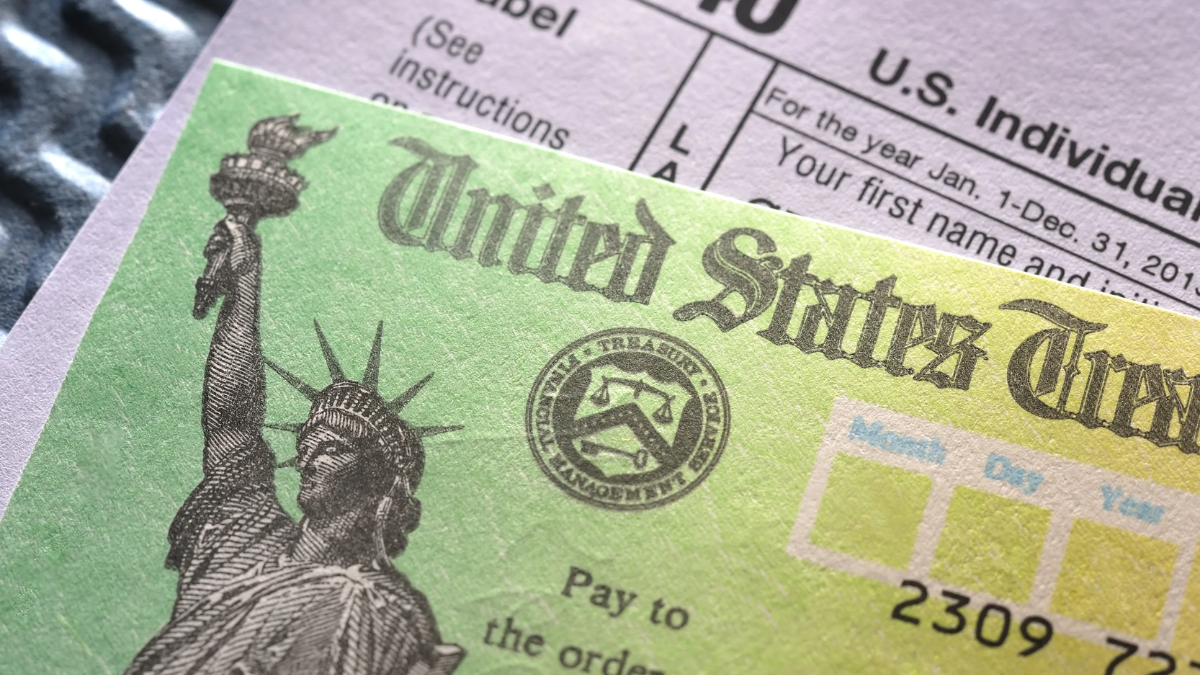In a sweeping update to retirement policy, the Social Security Administration (SSA) has officially adjusted the Full Retirement Age (FRA) for Americans. Starting January 2026, the FRA will rise from 67 to 68 for individuals born in 1960 and after. This change reflects ongoing efforts to maintain the stability of Social Security as more Americans live longer and draw benefits over extended periods.
What Does the New Retirement Age Mean?
Previously, most Americans expected to receive full Social Security benefits at age 67. However, under the new rule, individuals born in 1960 or later will now reach full retirement age at 68. This means retiring before 68 will result in reduced monthly payments, while delaying retirement beyond that age may boost the benefit amount.
| Year of Birth | Full Retirement Age (FRA) |
|---|---|
| Before 1955 | 66 or earlier |
| 1955–1959 | 66 + 2 to 66 + 10 months |
| 1960 and later | 68 (new FRA beginning 2026) |
Why the Retirement Age Was Increased
The SSA faces rising costs due to increased life expectancy, early retirements, and a shrinking worker-to-retiree ratio. To help balance the system and avoid benefit cuts for future generations, the full retirement age is being gradually increased. This change also aligns with recommendations from financial experts and government analysts focused on long-term Social Security sustainability.
How It Affects Your Retirement Planning
Anyone approaching retirement age should revisit their plans. If you’re born in 1960 or later, you’ll need to wait an additional year to collect full benefits. Retiring early—say at age 62—will still be allowed, but monthly payments could be reduced by up to 30%. On the other hand, waiting past 68 could result in delayed retirement credits, increasing your monthly check by up to 8% per year until age 70.
What Retirees and Workers Should Do Next
Now more than ever, it’s important to review your retirement savings strategy, track your Social Security earnings, and consult financial advisors. Workers are encouraged to increase contributions to private retirement accounts like 401(k)s and IRAs to supplement Social Security income. If you’re nearing 60, check your estimated benefits through your Social Security online account and update your plans accordingly.
With 67 no longer being the full retirement age, the 2026 Social Security update marks a pivotal shift in how Americans approach retirement. The new full retirement age of 68 calls for early preparation, strategic planning, and financial flexibility. Whether you’re years away from retirement or just a few months out, this change impacts how and when you’ll receive your benefits—so be ready and informed.
FAQ’s:
1. Can I still retire at 62 under the new rules?
Yes, but your benefits will be permanently reduced if you claim before the full retirement age of 68.
2. Does this affect Medicare eligibility?
No, Medicare remains available at age 65 regardless of your Social Security FRA.
3. Is the age increase final or will it change again?
For now, the increase to 68 is official for those born in 1960 and after. Future changes may be considered later.
4. What if I’ve already started receiving benefits?
If you’re already receiving benefits, your payments won’t be affected by the new FRA rules.
5. Are there benefits to delaying retirement past 68?
Yes, delaying until age 70 can result in increased monthly benefits through delayed retirement credits.

























